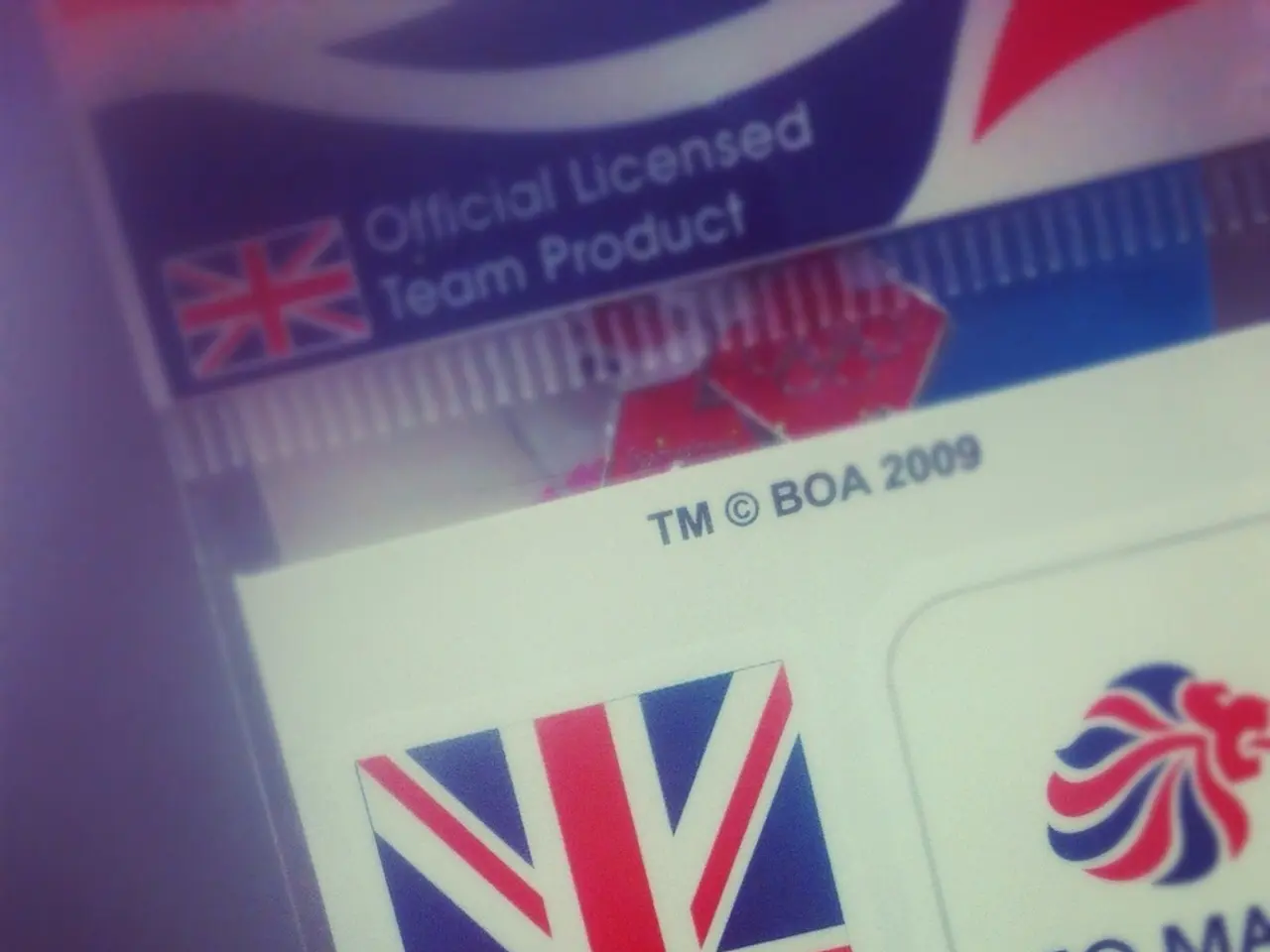Business Expansion Through License Agreements: Income Sources and International Influence
Licensing is an effective strategy for businesses seeking to expand their market reach and establish a global presence efficiently. This approach offers numerous benefits, including the potential for a steady and predictable source of passive income, as well as the ability to eliminate the need to manage production facilities, marketing campaigns, and distribution channels.
However, licensing is not without its challenges. Uncertain income flow is a common issue, as royalty payments can vary depending on the agreement's structure and the licensee's performance. Market cannibalization is another risk, where a licensee might compete with the licensor in their home market. Brand reputation risks are also associated with licensing, as negative practices by a licensee can impact the licensor's brand image.
To create a successful licensing agreement, businesses must consider several key factors. These elements form the foundation of a robust agreement that aligns business goals, protects IP value, and fosters a transparent and accountable relationship between licensor and licensee.
Clear Identification of Parties
Explicitly define the licensor (IP owner) and licensee (party receiving the license) to avoid ambiguity.
Precise Description of Intellectual Property
Clearly specify the nature, scope, and limitations of the IP or assets being licensed to ensure all parties understand what is included.
Defined License Scope and Usage Rights
Specify how the licensee can use the IP, including the allowed products or services, geographic territory, duration, and whether the license is exclusive or non-exclusive.
Royalty and Payment Terms
Detail the royalty structure, calculation method, payment frequency, minimum guarantees, and advance payments to ensure predictable and profitable revenue streams.
Reporting and Audit Rights
Include requirements for regular sales or usage reports from the licensee and grant the licensor audit rights to verify accuracy and compliance.
Term and Termination Conditions
Define contract length, renewal options, and grounds for termination (e.g., breach of terms), which provides legal certainty and flexibility.
Confidentiality and Non-Disclosure
Address protection of proprietary and sensitive information exchanged during the agreement.
Indemnification and Liability
Establish each party’s responsibilities and liabilities in case of claims or disputes arising from the use of the licensed IP.
Control Over Assignments and Sublicensing
Clearly state whether sublicensing or transfer of rights is allowed, including conditions and approval processes to maintain control over the IP’s use and market.
Contingency Planning
Include clauses that address unforeseen events to ensure business continuity and adaptability during disruptions.
Mechanisms for Review and Renegotiation
Allow periodic reassessment and renegotiation to reflect new value created or changing market conditions, keeping the agreement viable long-term.
These elements together form the foundation of a robust licensing agreement. Successful examples of licensing agreements can be found across various industries, with companies like The Walt Disney Company, LEGO Group, and Yakult leveraging this strategy to generate revenue and expand their reach.
While licensing offers numerous benefits, it is important to be aware of potential risks. Intellectual property theft is a concern, where a licensee might attempt to replicate the licensed IP after the agreement expires. Import duty considerations may also decrease the net income generated by international licensing agreements.
Despite these challenges, licensing remains a strategic tool for investors seeking to generate revenue streams, expand their reach, and foster business growth. It offers a streamlined approach for international expansion, reducing risks associated with unfamiliar territories and minimizing cultural missteps. Licensing can generate revenue for the licensor through ongoing royalty payments, making it an attractive option for businesses looking to maximize their potential in the global market.
- To ensure a successful and profitable licensing agreement, it is essential for the licensor and licensee to precisely define their roles and responsibilities, including the nature and scope of the intellectual property being licensed.
- Additionally, establishing clear terms for royalties and payment, reporting requirements, termination conditions, and control over assignments and sublicensing is crucial in fostering a transparent and accountable relationship between the parties involved.




